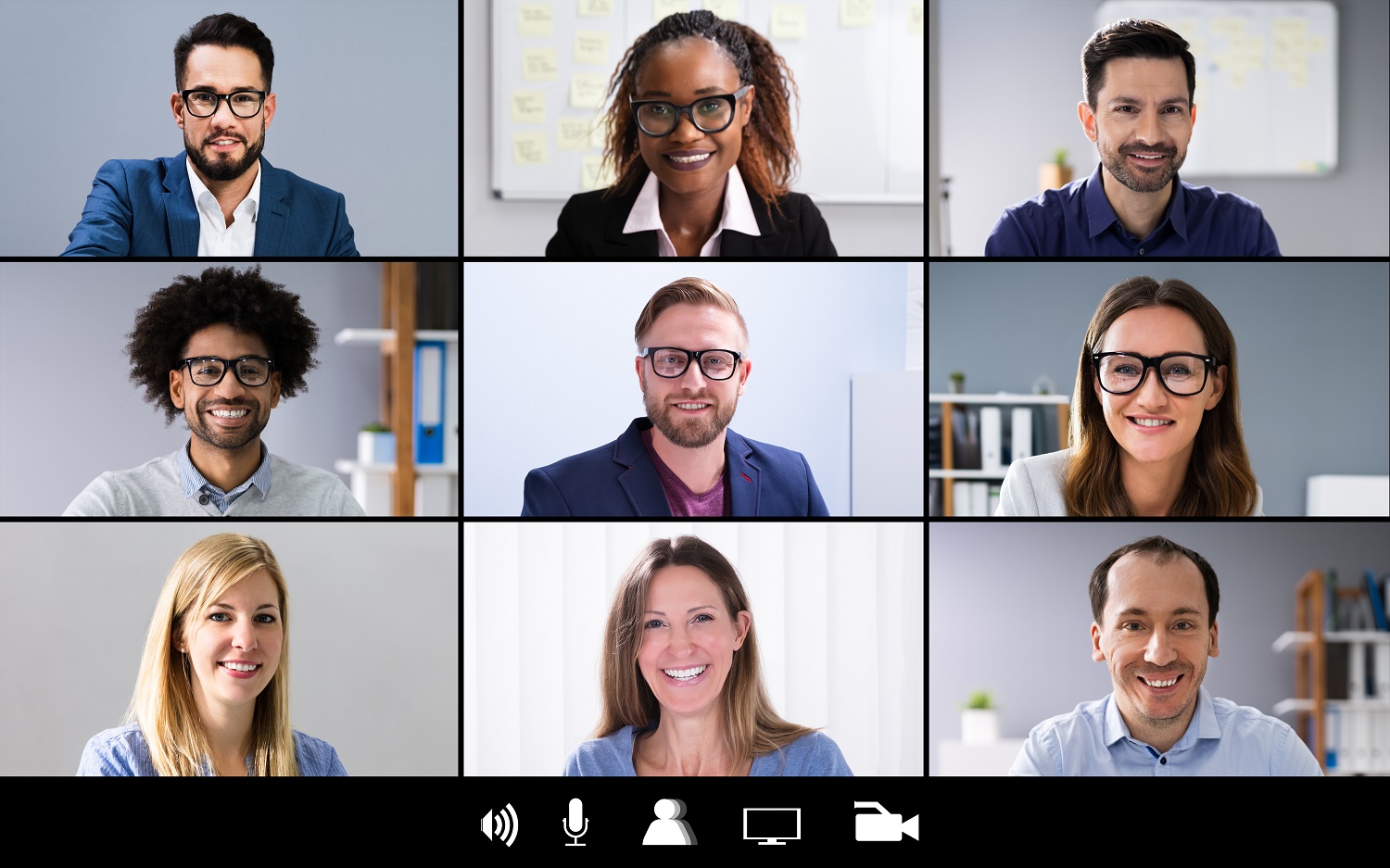Four easy steps to get the results you want from digital learning

Nikki Cinderey
Lead facilitator and coach
(Assoc CIPD, NLP Practitioner and Coach)
5 min read

Introduction
Digital learning is a positive consequence of the pandemic. It’s here to stay! We’ve noticed that the buying decision is now as much the learner preference and operational helpfulness as cost per head. For senior decision makers we offer four ways to best guarantee the results you seek from digital learning. And to clarify, digital learning isn’t the boring talking head.
Digital learning defined
In Digital Learning in a post-COVID 19 Economy review, the CIPD defines digital learning as: “learning that’s facilitated, enabled or mediated using electronic technology for the explicit purpose of training, learning or development”.
Digital learning: our difference
I’ve a history with virtual training. Up to 2012 I used basic webinars to reach large audiences cost effectively. Remember the connection issues back then?
As we closed the door on 2020, we had embraced online learning, leading the way by digitising our entire training catalogue. I’m sure you’ve heard stories of people voting with their mouse and logging off boring digital learning. Central to our move was taking the time to polish our designs. We increased not reduced the immersive experiences in which adult learners thrive.
Reliable platforms like MS Teams offer an agile, engaging and effective learning experience. Breakout room functionality and interactive presentation software like mentimeter allow us to replicate workshop learning like never before.
Participants and providers (the good ones anyway) have adjusted to digital learning in much the same way as we put on a facemask without thinking about it.
Four easy ways to get results
We agree with Dave Meier that, “learning is created not consumed”. Learners aren’t empty vessels awaiting the talking head to fill them up with knowledge, skills and behaviours. They are thinking, independent adults with lots of experiences. Trainers must treat them as such or content will simply bounce off.
#1 Advance activities
Set your participants up for success with activities that:
- Arouse their curiosity for the topics and the session
- Help them work out their own success measures
- Build knowledge
- Prepare for the facilitated sessions
We say ‘advance activities’ and not ‘pre-work’. It’s important to emphasise that your advance activities are equal in significance to the other three stages.
#2 Facilitated virtual sessions
Now your provider ought to bring to bear the full range of learning devices to keep the learning ball in learner’s court for the vast majority of the time.
- Facilitated discussions
- Real world case studies
- Skills practice
- Vivid stories
- Games and quizzes
- Action planning
#3 Keep up momentum for action
A good training day doesn’t guarantee a good business benefit. It’s time to follow up and promote workplace action. Super simple things to have in place are:
- Access to the facilitator
- A hub or other resources to support action. Our participants favour checklists, How to’s and helpers
- One to one coaching or workplace mentor
- Easy ways for participants to collect and assess their results
#4 Results get together
Close the loop by bringing your participants back after six weeks to:
- Share practice and actions
- Celebrate their results
- Coach through challenges
- Commit to next actions
No need to be a psychologist to know that if you’re booked on a ‘Results get together’ to share your results you will do things so you have results to share!
Your next actions
Talk with your training partners or internal training function about this blog. We’re always on the look out for case studies of great practice.
And of course the Robertson Team are here to support you in achieving the results you want from your people development.

